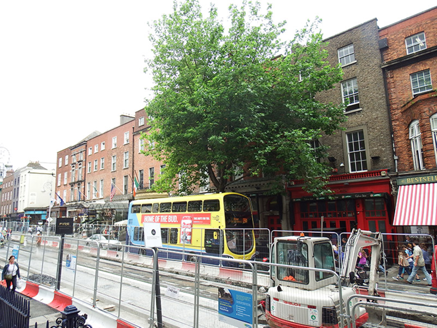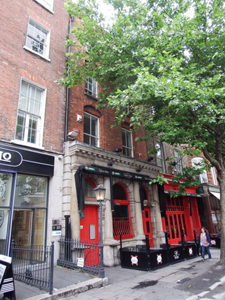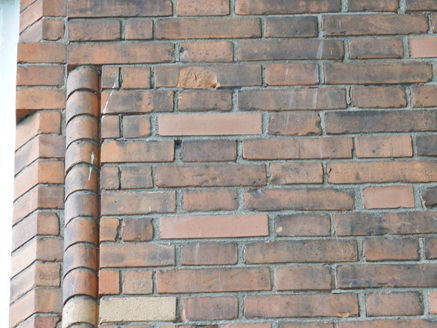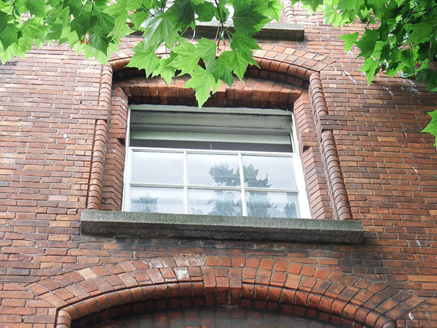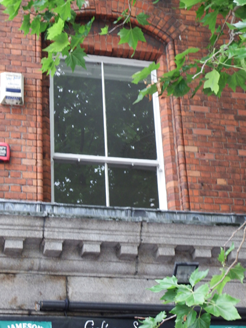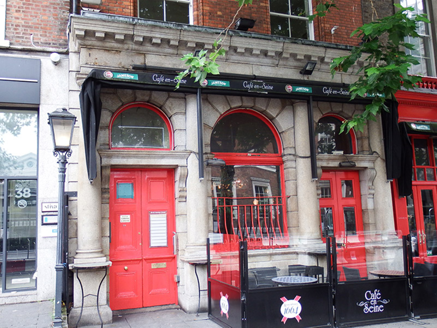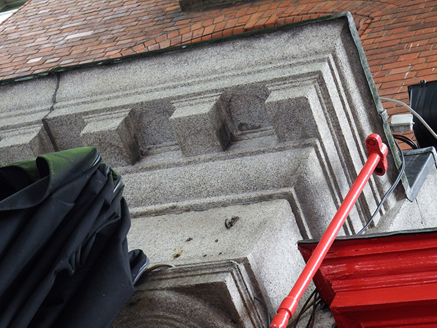Survey Data
Reg No
50100122
Rating
Regional
Categories of Special Interest
Architectural, Artistic
Previous Name
Atlas Insurance
Original Use
Shop/retail outlet
Historical Use
Bank/financial institution
In Use As
Restaurant
Date
1915 - 1920
Coordinates
316038, 233655
Date Recorded
26/07/2016
Date Updated
--/--/--
Description
Attached two-bay four-storey commercial building, built 1918-19. Now in use as restaurant with offices above. Hipped slate roof, behind brick parapet with masonry coping; bow has flat roof to curved part; two chimneystacks to north. Flemish bond red brick walling. Segmental-headed windows surrounds to first floor with bowtelll-moulded reveals, brick voussoirs and keystones, and square-headed window openings to top two floors with chamfered reveals, brick keystones, masonry sills, having timber sliding sash windows with horns, six-over-six pane to top two floors and two-over-two pane to first floor; rear has three-over-three pane windows to top floor and six-over-six pane below. Tripartite granite shopfront, having engaged Doric columns on pedestals, dentillated cornice, flanking entrance doors, rusticated granite surrounds and voussoirs, round-headed glazed overlight, moulded cornice on filleted brackets, and timber panelled doors, that to north having glazed panels. Central display window, with round-headed top-light and metal guard rail.
Appraisal
Originally a late eighteenth-century house, but rebuilt 1918-19 for the Atlas Assurance Co. to design of Kaye-Parry & Ross. It is now amalgamated with the adjoining No. 40. It is unclear what, if any, of the original Georgian fabric survives. The solid Doric shopfront reflects its financial institutional origins. Dawson Street was the principal thoroughfare of a Dublin suburb laid out in 1707 by Joshua Dawson, on which he built his own house, now the Mansion House. It was once one of Dublin's premier residential locations, before gradually changing to commercial use in the nineteenth century. The street is characterized by a range of noteworthy Georgian and early Victorian buildings, with some modern office blocks. No. 39 makes a contribution to the vibrancy and architectural character of this historic street, diversifying the well-preserved range of buildings between St. Stephen's Green and South Anne Street.
